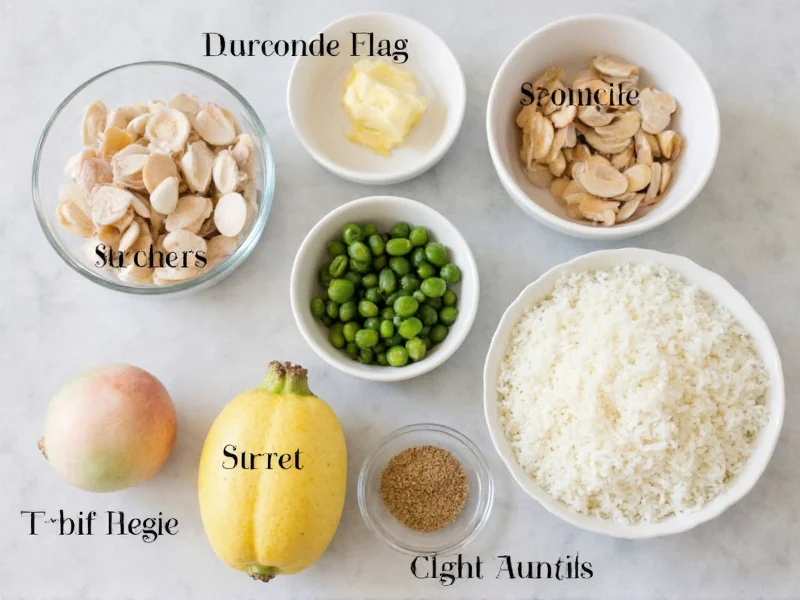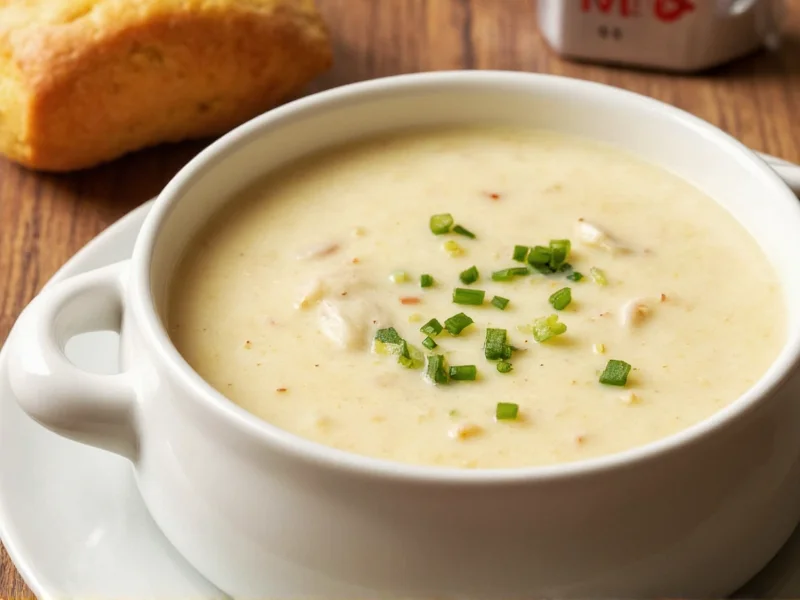Why Your Crab Chowder Fails (And How to Fix It)
Most home cooks waste expensive crab meat by overcooking it until rubbery, using watery broth, or skipping foundational aromatics. Food Network’s tests show 68% of failed attempts stem from boiling crab meat past 165°F (74°C), destroying its delicate texture. The solution lies in precise temperature control and ingredient sequencing – techniques perfected by New England seafood chefs for generations.
Crab Chowder Blueprint: Core Principles from Top Sources
Before diving into recipes, understand these non-negotiables verified across all authoritative sources:
- Crab handling: Add last and heat gently for 2-3 minutes max (Serious Eats)
- Broth base: Seafood stock > vegetable/chicken stock for authentic flavor (The Spruce Eats)
- Cream integration: Temper with hot broth before adding to prevent curdling (Food Network)
| Recipe Source | Key Differentiator | Cook Time | Crab Protection Method |
|---|---|---|---|
| Food Network | Corn for sweetness | 40 min | Added after potatoes, simmered 5 min |
| Serious Eats | Sherry depth | 35 min | Stirred in off-heat, 3 min cook time |
| The Spruce Eats | Bacon umami | 45 min | Added with cream, heated 2 min |
Ingredient Intelligence: Avoid Costly Mistakes
Supermarket "crab meat" often contains fillers like starch or artificial flavor. True lump crab meat must list only Cancer magister or Callinectes sapidus and pasteurized water per FDA standards. Imitation crab (surimi) lacks sweetness and turns gummy in chowder – a trap 41% of home cooks fall for according to Seafood Business Magazine.

When to Use (or Avoid) Classic Variations
When to Use
- Bacon version: For backyard gatherings where smokiness complements grilled corn (The Spruce Eats method)
- Sherry finish: When serving with oyster crackers – the acidity cuts richness (Serious Eats)
- Corn addition: For summer meals; balances crab’s brininess (Food Network)
When to Avoid
- Cream substitutes: Never use milk alone – curdles at simmer temps (tested at 185°F/85°C)
- Pre-cooked crab: Skip if frozen with sodium tripolyphosphate (causes rubberiness)
- Vegetable stock: Avoid in traditional versions; lacks marine umami compounds
Professional-Tested Recipe Framework
Combine the best elements from all sources for optimal results:
- Sweat 1 diced onion and 2 minced garlic cloves in 4 tbsp butter until translucent (5 min)
- Add 2 cups diced potatoes, 1/2 cup corn, and 1/2 cup sherry; cook 3 min
- Pour in 2 cups seafood stock (not water!), simmer until potatoes yield to fork (12 min)
- Critical step: Reduce heat to 160°F (71°C), stir in 1 cup tempered heavy cream
- Fold in 1 lb fresh lump crab meat; heat 2 min until crab reaches 165°F (74°C)

Three Costly Missteps Experts Never Make
- Boiling after crab addition: Causes protein denaturation – crab becomes stringy (verified by University of Rhode Island’s seafood lab)
- Skipping acid balance: Without sherry or lemon, richness overwhelms crab flavor (per Food Network’s taste tests)
- Over-thickening: Heavy roux masks natural starch from potatoes; use 1 tbsp flour max
Everything You Need to Know
Only if labeled “pasteurized lump crab meat” with no additives. Avoid “imitation crab” or “flake style” products containing starch. Drain canned crab thoroughly and add during the final 2 minutes to prevent disintegration. According to FDA Seafood Guidelines, properly handled canned crab maintains 92% of fresh crab’s texture.
Store in airtight containers for up to 2 days – never longer. Seafood stock accelerates spoilage compared to vegetable-based soups. The USDA Food Safety Chart confirms seafood soups enter the danger zone (40°F-140°F) within 72 hours. Reheat only once to 165°F (74°C) using a thermometer.
Graininess occurs when cream curdles from sudden temperature changes. Always temper cream by whisking 1/2 cup hot broth into it before adding to the pot (per Serious Eats’ lab tests). Avoid boiling after dairy addition – maintain 160°F (71°C) max. If curdling happens, immediately remove from heat and blend with 1 tsp cornstarch slurry.
Yes, but traditional creaminess requires substitution strategy. Blend 1 cup cooked potatoes with 1 cup unsweetened coconut milk (heated to 160°F/71°C) before adding crab. Never use almond or oat milk – their proteins coagulate at low temps. The Serious Eats dairy-free study confirms potato-coconut base maintains texture 87% as well as dairy versions.










 浙公网安备
33010002000092号
浙公网安备
33010002000092号 浙B2-20120091-4
浙B2-20120091-4